An ISO 9001:2015 Certified & CE Certified 91-80 40979645 sales@comtekscientific.com
The choice between a flexible, probe-based Raman system and a fully integrated, compact one depends largely upon which optical coupling method is best for your application or sample. Sensitivity, size, and laser control may also be considered.

A modular Raman system uses fibers to route excitation light between laser, probe, and spectrometer. This physically flexible interface is good for bringing Raman to the sample (clinical use, art analysis, in-situ process monitoring), or when the spectrometer can't get too close to the sample (production line or extreme environments). It also offers maximum reconfigurability to mix and match components as desired, change sampling accessory, or to re-use existing equipment.
A semi-integrated Raman system combines the spectrometer and laser into a single unit to reduce footprint and cost, while separate connectors for each allow a fiber-optic Raman probe or other sampling optics to be used. This configuration maximizes value without sacrificing flexibility, and yields signal comparable to a fully modular system. Power and controls for the laser are provided through the spectrometer, simplifying cabling and allowing remote/automated operation.
A fully integrated Raman system brings the laser, sampling optics, and spectrometer together into one unit, eliminating fibers which add coupling losses and can break. Communications and power supply are also consolidated into a single, compact footprint with direct laser power control through software or drivers. A fully integrated system delivers considerably higher signal thanks to the integrated optics, while a modular system offers more flexibility.
We offer Raman spectrometers, probes, and commercially available lasers from 405 – 1064 nm, with a 248 nm Raman model in development also.


Laser combiner : support up to 3 lasers, additional external fiber connection
Gratings, spectrometers & systems for the images you need
Optical coherence tomography is a powerful technique for non-destructive 3D imaging of tissue and materials. It is used in research, medical diagnostics, guided surgery, industrial processing, and non-destructive testing. At COMTEK, we enable those applications with innovative solutions built on our industry-leading OCT gratings. Our patented designs reduce roll-off and increase sensitivity for faster, clearer images. Whether you're a researcher or OEM, we'll support you with the right product grating, spectrometer, or system to capture the images you need. The best images start with the right spectrometer, and we offer more than 30 models with speeds up to 250 kHz to find your perfect fit. Choose the center wavelength and bandwidth for the depth and resolution you need, then select the camera, speed and connection right for your application (including USB 3.0). Our proprietary low roll-off design delivers the best images possible.
Contact us today!
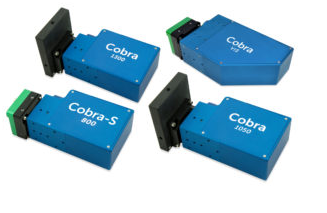
FireFly is an analytical instrument for rapid multi-elemental analysis and chemical imaging. It utilizes the Laser-Induced Breakdown Spectroscopy (LIBS) – one of today’s most promising technique of elemental analysis.
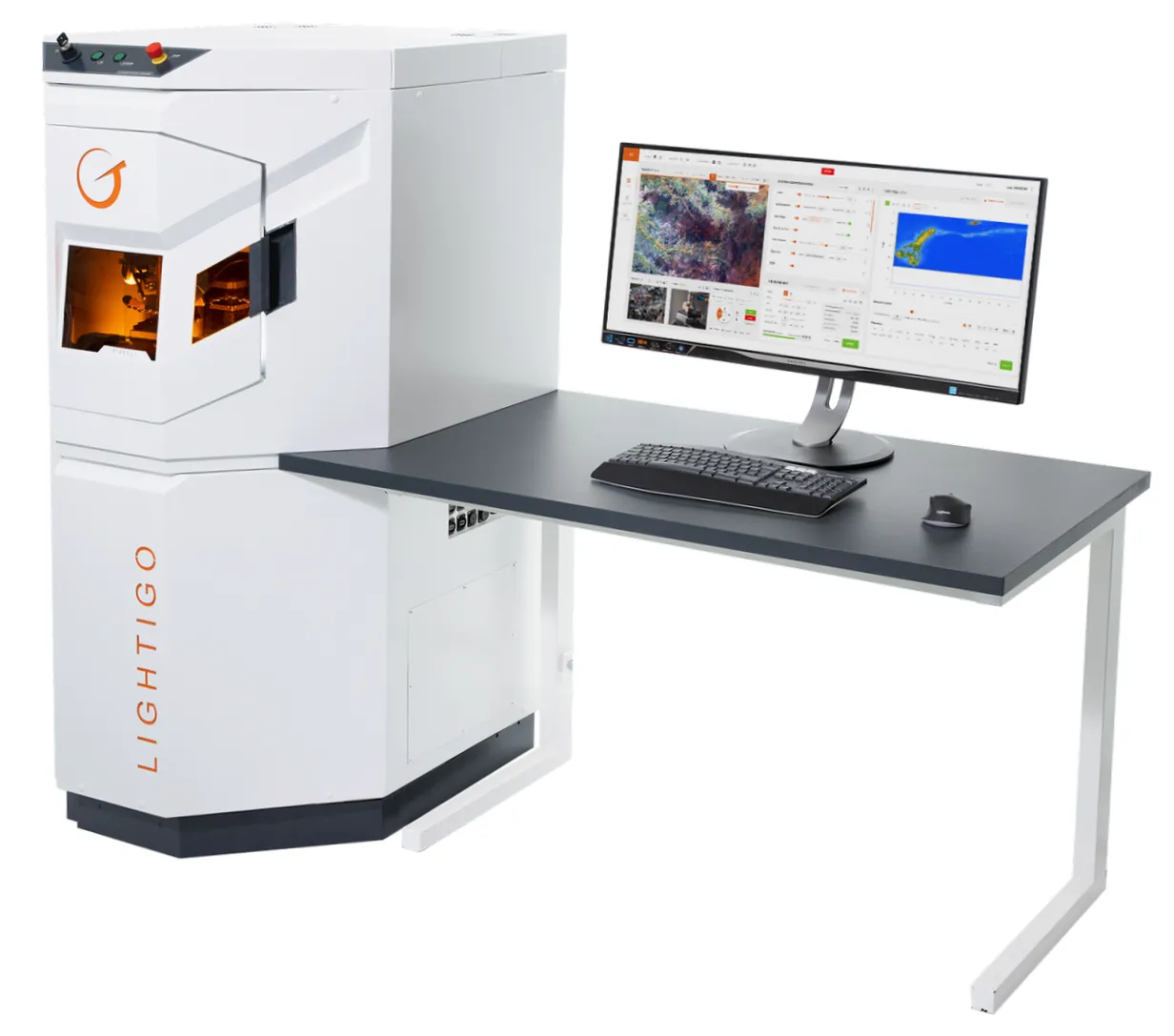
Firefly LIBS by Lightigo
Brimrose has introduced a new series of AOTF Miniature SWIR Hyperspectral Imaging Spectrometers known as the IS510 Series. This custom module is designed for field portable applications where the SWIR camera is integrated with the AOTF module. The AOTF SWIR imaging system with Brimrose Synthesizer Electronics provides a narrow-bandwidth and rapid-wavelength selection and intensity control. This imaging spectrometer system comprises an integral system that can produce hyperspectral imaging on any target area, including microscopic (with an adequate adapter) by use of a 2-D InGaAs camera and AOTF operating as a monochromator. This unit includes image acquisition and AOTF control electronics in a single package unit that can easily be interfaced with any laptop (running WinXP+).
The Brimrose SWIR f22.5mm/F3.5 lens is custom designed for operation with the Brimrose VA210-0.9-1.7 Video Adapter, or the IS210-0.9-1.7 or IS510-0.9-1.7 Hyperspectral Imagers which can operate over an 800-1700 nm wavelength range using our custom cameras.
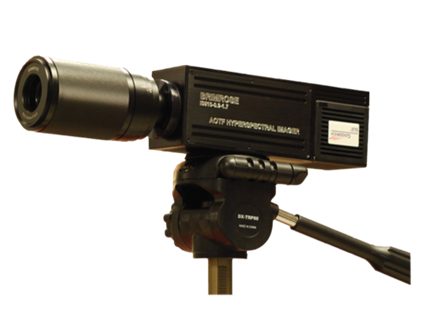
Prevent arguments before they happen with accurate and objective color measurements. The Nix Pro will help optimize your color measurement protocol and help you better communicate color in your business.
| Customized | Advanced users can customize their scan settings with the ability to set your illuminant and observer angle |
| Compare Colors | Conduct side-by-side color comparisons directly in the app with new or pre-existing scans |
| Factory Calibrated | Say goodbye to unreliable calibration cards. All Nix devices comes calibrated out-of-box! |
| Record data | Easily export your scans to a .csv file for quality control, batch analysis, and record keeping |
| Award Winning | Nix technology is award winning, recognized by prestigious design councils like Red Dot Awards |
| Made in Canada | From design to inspection, all of our devices are proudly made in Hamilton, Ontario, Canada |
| Device Size | 2.4 x 1.7 inches (6 x 4.2 centimeters) |
| Device Weight | 1.5 ounces (43 grams) |
| Aperture Size | 0.6 inches (14 millimeters) |
| Device Requirements |
Smartphone or tablet operating: – Android 4.4 or newer with Bluetooth 4.0 – iOS 8.0 or newer |
| Compatible Apps |
Nix Pro App | Free on Android and iOS Nix Paints | Free on Android and iOS Nix Digital | Free on Android and iOS |
| Available Languages | English, German, Greek, Italian, Dutch, Portuguese, Spanish |
| Measuring Geometry | 45 / 0° |
| Light Source | 2x High-CRI LEDs designed specifically for color reproduction |
| Illuminants | A, C, D50, D55, D65, D75 |
| Observer Angles | 2°, 10° |
| Color Difference | DE76, DE2000 |

Electrochemical impedance spectroscopy (EIS) is a method for the non-destructive characterisiation of thin layers, membranes, surfaces and films. Typically a small amplitude AC voltage (or current) signal is applied to a sample while the amplitude and phase relationship of the corresponding current (or voltage) signal is monitored.
For an impedance spectrum, measurements are made over several decades of AC frequency with up to about 10 measurements per decade.
The results can be mathematically modelled, typically by treating the sample as a number of sublayers each with its own electrical resistance and capacitance. In particular, the capacitance and dielectric constant of each sublayer enables the thickness of that layer to be determined.
In other experiments sample impedance can be used for quantitative readings from biosensors.

The ZIVE SP100 electrochemical workstation is ideal for both fundamental research, as well as product development, and quality assurance programs.
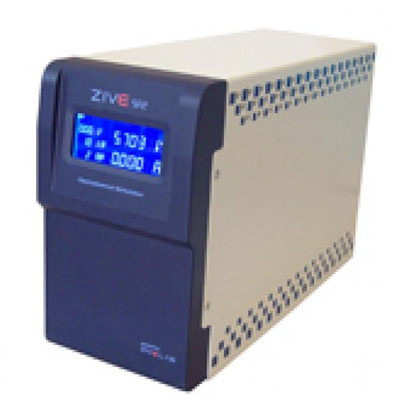
The ZIVE SP200 electrochemical workstation is ideal for both fundamental research, as well as product development, and quality assurance programs
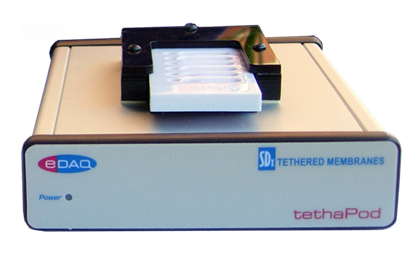
The SDx tethaPod™ measures conductance of tethered phospholipid bilayer membranes. Up to six samples can be measured at the same time using the tethaPlate sample holders. Ideal for studies of embedded ion channel proteins, including screening experiments for potential pharmaceuticals.
Fully Automatic Immuno Analyzer
Diamond – Fully Automatic Immuno-Analyzer takes care of sample and reagent handling to well washing and optical measurement with a touch of a button.Diamond is a convenient and accurate fully automated system specialized for CLIA(chemiluminescence immunoassay) and ELISA(enzyme-linked immunosorbent assay)
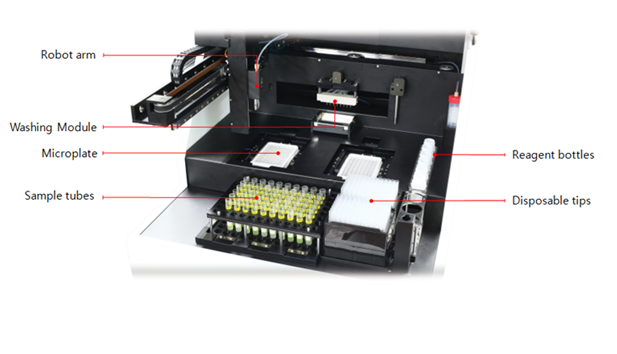
eDAQ makes potentiostats, electrodes and accessories for specialised and general purpose electrochemistry and electrochemical applications. A potentiostat is a device that controls the potential between a pair of electrodes while measuring the resulting current flow. The resulting electrochemical plot is then used to determine various parameters relevant to the experiment.

A two-electrode potentiostat uses a working and counter electrode. A disadvantage of this arrangement is that if the electrodes are further apart then the resistance between them increases and the current decreases, so reproducible electrochemical results can be hard to achieve if electrode surface area, or separation distance, varies. Polarographic oxygen electrode meters are examples of two-electrode potentiostats.

The 3-electrode potentiostat is typically what people refer to when they say a 'potentiostat'. With a '3-electrode' potentiostat the potential is monitored between a reference and working electrode that are both in close proximity, while the potential of a relatively distant auxiliary electrode is adjusted. The current flow is measured between the working and auxiliary electrodes. This has the advantage that no current actually passes through the reference electrode, so there is no electrolytic reaction occurring there, and thus the reference electrode potential can remain constant throughout the experiment. A consequence of this arrangement is that the potential between the working and auxiliary electrodes (the 'compliance' potential, which is usually not reported) can be many times the applied potential (depending on electrolyte resistance and distance between the electrodes). By attaching the potentiostat reference and auxiliary inputs to the same 'counter' electrode a three-electrode potentiostat can be used as a two-electrode potentiostat. All the potentiostats below can be operated as 3 electrode potentiostats.

A bipotentiostat system features a reference and auxiliary electrode, and two working electrodes, whose potentials can be independently adjusted while the current flowing through them is monitored. This principle can be extended to any number of working electrodes, for example the EA164 QuadStat controls up to four working electrodes. Typically the potential between the reference and first working electrode is controlled and the potentials of subsequent working electrodes are offset relative to the first electrode to achieve the desired effect. These potentiostats are often used in 'electrochemical nose' systems.

The term '4-electrode potentiostat' is usually reserved for a device with two reference ('voltage sensing') electrodes and two working ('current passing') electrodes. The potential difference between the two reference electrodes is controlled while the current flow between the two working electrodes is monitored. These potentiostats are commonly used to measure the electrochemical current flow across a membrane separating two compartments, or across the interface of two immiscible solvents (an ITES experiment). The EA362 Dual Picostat can be used in 4-electrode mode. The EA167 Dual Reference Adaptor can convert most three electrode potentiostats into a 4-electrode system.

Some potentiostats can be operated as galvanostats. In this case the current flow is controlled while the potential is monitored. Below are the potentiostats that work as Galvanostats:
Steady, modern and elegant appearance design. Adopt the newest microcomputer technology and electronic control system. Optimized optical system and structure can both extend new functions and ensure the accuracy, stability and durability.

Steady, modern and elegant appearance design. Adopt the newest microcomputer technology and electronic control system. Optimized optical system and structure can both extend new functions and ensure the accuracy, stability and durability.

International advanced xenon light (Hamamatsu) source makes the instrument more stable and reliable. Three years warranty. Adopt the newest microcomputer technology and electronic control system. Optimized optical system and structure can both extend new functions and ensure the accuracy, stability and durability.

Excellent optical system, high level mechanical system, advanced circuit control system, rigorous production process, friendly and intuitive software interface, good technical specifications, stable and reliable performance can meet the analysis requirements from high level and professional customers




See more, faster than ever before At Wasatch Photonics, we create compact, reliable products that stretch the limits of applied spectroscopy, from the UV through NIR. As spectroscopists, we understand that a step change in performance is required to enable truly "new" applications and use cases. That's why our products are designed to deliver an order of magnitude higher sensitivity, faster measurements, and lower noise in a compact footprint. We offer greater spectroscopy expertise and more configuration options than you'll find anywhere else, helping you see more, faster than ever before.


Compact spectrometers with versatile performance covering UV, Visible and NIR wavelengths are available for multiple applications in Research, OEM and Process solutions.
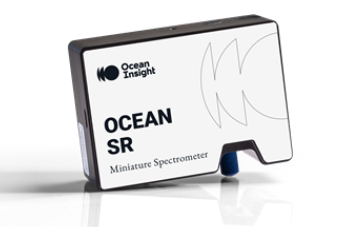
Versatile UV-Vis and NIR spectrometers from Ocean Insight addressing a range of applications and industries. High performance for low-concentration measurements and high-speed spectral acquisition.
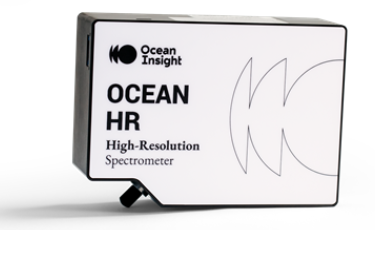
High resolution spectrometers for UV, Visible and NIR wavelength ranges are ideal for laser characterization, gas absorbance and emission line analysis. Ocean HR2 spectrometers provide reliable performance with rapid acquisition speed and excellent thermal stability for UV-Vis-NIR applications ranging from plasma monitoring to pharmaceuticals analysis.

Ocean ST is a powerful microspectrometer that provides excellent UV response, high-speed spectral acquisition, and high signal to noise ratio performance in an ultra-compact footprint. Despite its small size and light weight, Ocean ST delivers full spectral analysis at a performance level comparable to larger and more expensive spectrometers.